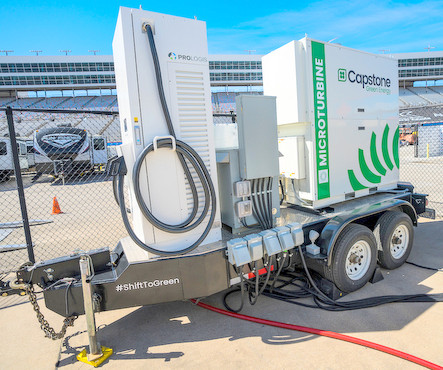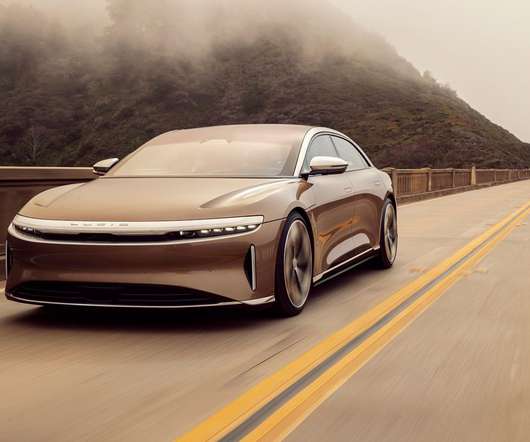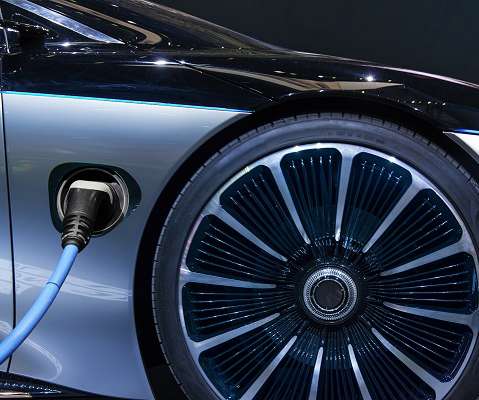DOE issues draft loan solicitation for up to $4B for renewable energy and energy efficiency projects; drop-in biofuels a key area
Green Car Congress
APRIL 16, 2014
While any project that meets the eligibility requirements is eligible to apply, the Department has identified five key technology areas of interest: advanced grid integration and storage; drop-in biofuels; waste-to-energy; enhancement of existing facilities; and efficiency improvements. Advanced Grid Integration and Storage.







































Let's personalize your content